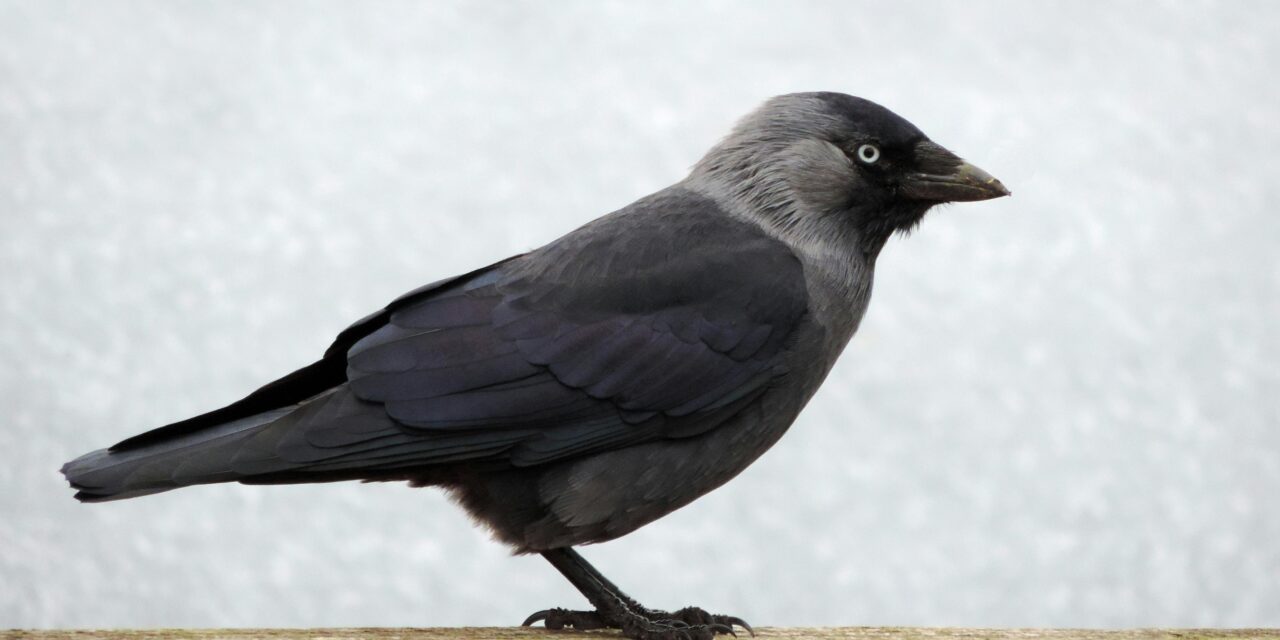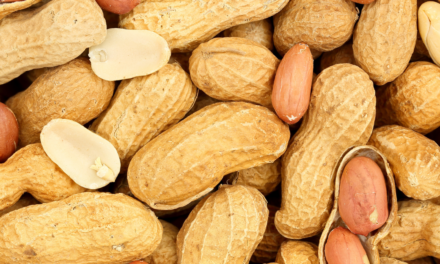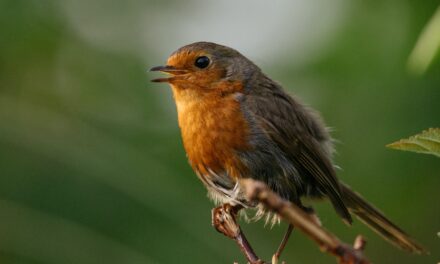Introduction to the Jackdaw: A Unique Member of the Crow Family
The Jackdaw, scientifically known as Corvus monedula, is a unique member of the crow family, Corvidae. This bird species is native to Europe, western Asia, and North Africa. It is one of the smallest species in the Corvidae family, but what it lacks in size, it makes up for in intelligence and social complexity. The Jackdaw is known for its distinctive silvery sheen, piercing pale eyes, and its remarkable ability to form strong social bonds.
The Jackdaw is a highly intelligent bird, with cognitive abilities that rival those of primates. They are known for their problem-solving skills, ability to use tools, and complex social behavior. These birds are also known for their adaptability, being able to thrive in a variety of environments, from rural farmlands to bustling urban areas.
The Jackdaw’s intelligence is not just limited to problem-solving and tool use. They also have a complex communication system, with a wide range of vocalizations used for different purposes. They are also known for their ability to recognize themselves in mirrors, a trait that is rare among animals and is considered a sign of high cognitive abilities.
Physical Characteristics: Understanding the Appearance of the Jackdaw
The Jackdaw is a small to medium-sized bird, typically measuring between 34 to 39 centimeters in length. It has a distinctive appearance, with its dark plumage, pale eyes, and a silvery sheen on the back of its neck. The bird’s plumage is mostly black or dark grey, but the sides of its head and neck are lighter in color, giving it a unique look among the crow family.
The Jackdaw’s eyes are one of its most striking features. They are pale blue or grey in color, and they stand out against the bird’s dark plumage. These eyes are not just for show, they play a crucial role in the bird’s communication, with Jackdaws using eye contact as a form of social interaction.
The Jackdaw’s beak is also worth noting. It is shorter and more compact than the beaks of other crows, which helps the Jackdaw in its foraging habits. The beak is black, strong, and pointed, perfect for picking at food items or probing into crevices for hidden treats.
The Jackdaw’s Habitat: Where Do These Intelligent Birds Live?
Jackdaws are highly adaptable birds and can be found in a wide range of habitats. They are common in rural areas, where they can be seen in farmlands, grasslands, and woodland edges. They are also comfortable in urban environments, often nesting in church steeples, chimneys, and other man-made structures.
In terms of geographical distribution, Jackdaws are widespread across Europe, western Asia, and North Africa. They are resident birds in most of their range, but some populations in the northern parts of their range migrate southwards during the winter.
Jackdaws are cavity nesters, meaning they build their nests in holes or crevices. This can be in natural structures like tree trunks or cliffs, or in man-made structures like buildings or bridges. They are known to be quite resourceful when it comes to finding suitable nesting sites.
Social Behavior and Communication: The Complex World of Jackdaw Interactions
Jackdaws are highly social birds, often seen in pairs or large groups. They form strong pair bonds, with pairs often staying together for life. These birds also form larger social groups, which can include hundreds of individuals. These groups provide safety in numbers, with group members alerting each other to potential threats.
Communication is a key aspect of Jackdaw social behavior. These birds have a wide range of vocalizations, which they use for different purposes. For example, they have specific calls for alerting the group to danger, for communicating their location, and for maintaining social bonds.
Jackdaws also use non-vocal forms of communication. For example, they use body language and eye contact to communicate with each other. They also engage in social behaviors like preening and allofeeding, which help to strengthen social bonds.
Diet and Hunting Techniques: What Does a Jackdaw Eat?
Jackdaws are omnivorous birds, meaning they eat a wide variety of foods. Their diet includes insects, seeds, fruits, small mammals, and carrion. They are also known to eat human food waste, which is a common source of food in urban areas.
Jackdaws are opportunistic feeders, taking advantage of whatever food sources are available. They are known for their foraging skills, often working together in groups to find food. They use their strong, pointed beaks to probe into crevices and pick at food items.
Despite their small size, Jackdaws are also capable hunters. They can catch small mammals and birds, often working together to corner their prey. They are also known to steal food from other birds, showing their cunning and opportunistic nature.
The Jackdaw’s Role in Folklore and Literature: Symbolism and Significance
The Jackdaw holds a significant place in folklore and literature. In many cultures, it is seen as a symbol of intelligence, adaptability, and social complexity. Its distinctive appearance and behavior have made it a popular subject in art and literature.
In Greek mythology, the Jackdaw is associated with the god Apollo, who was said to have turned the bird’s feathers black as a punishment for its chattering. In Roman mythology, the Jackdaw is associated with the goddess Juno, who was said to use the bird as a messenger.
In literature, the Jackdaw is often used as a symbol of intelligence and cunning. For example, in Aesop’s fables, the Jackdaw is often portrayed as a clever and resourceful character. In modern literature, the Jackdaw has been used as a symbol of rebellion and freedom, reflecting its independent and adaptable nature.





